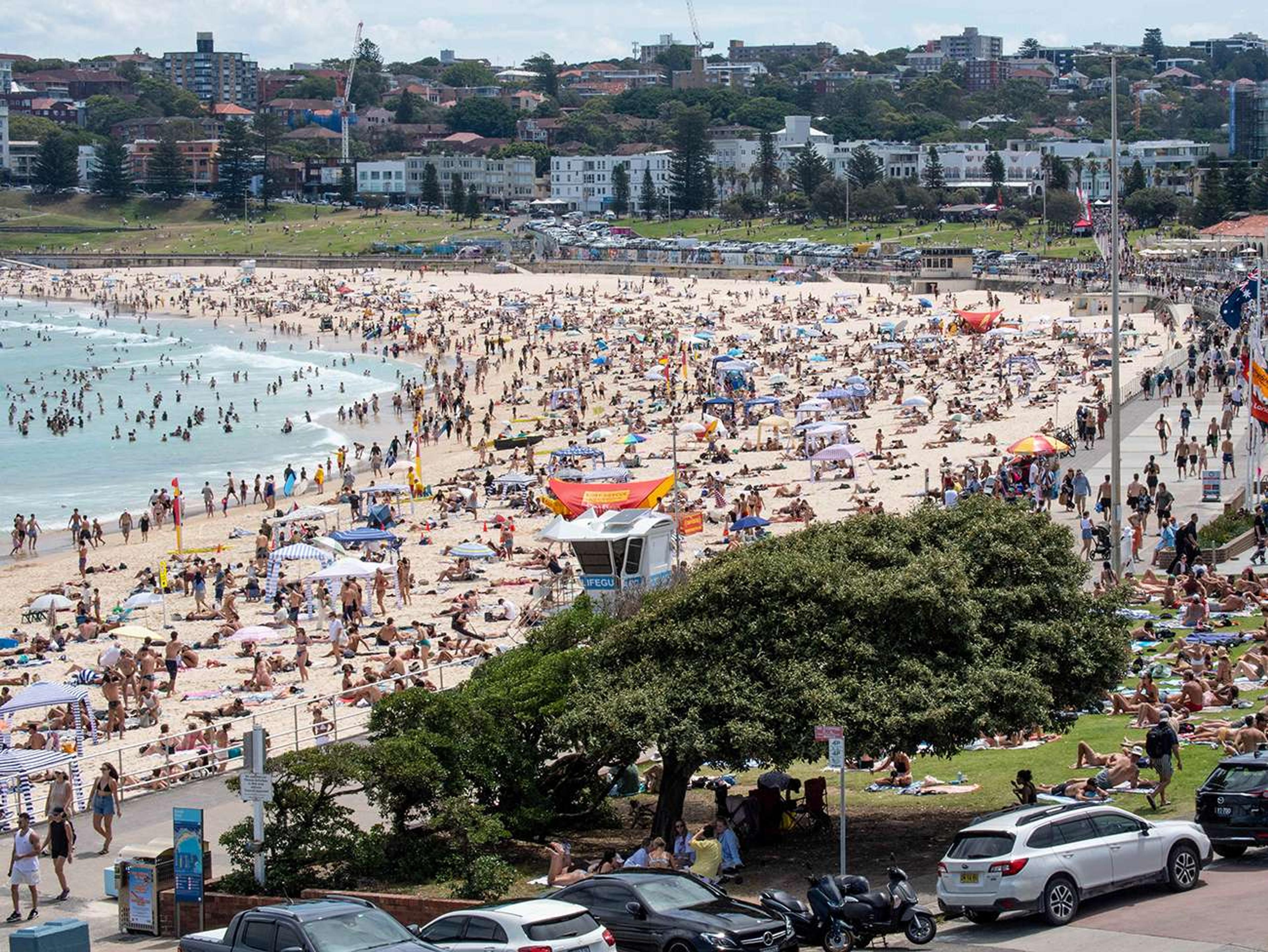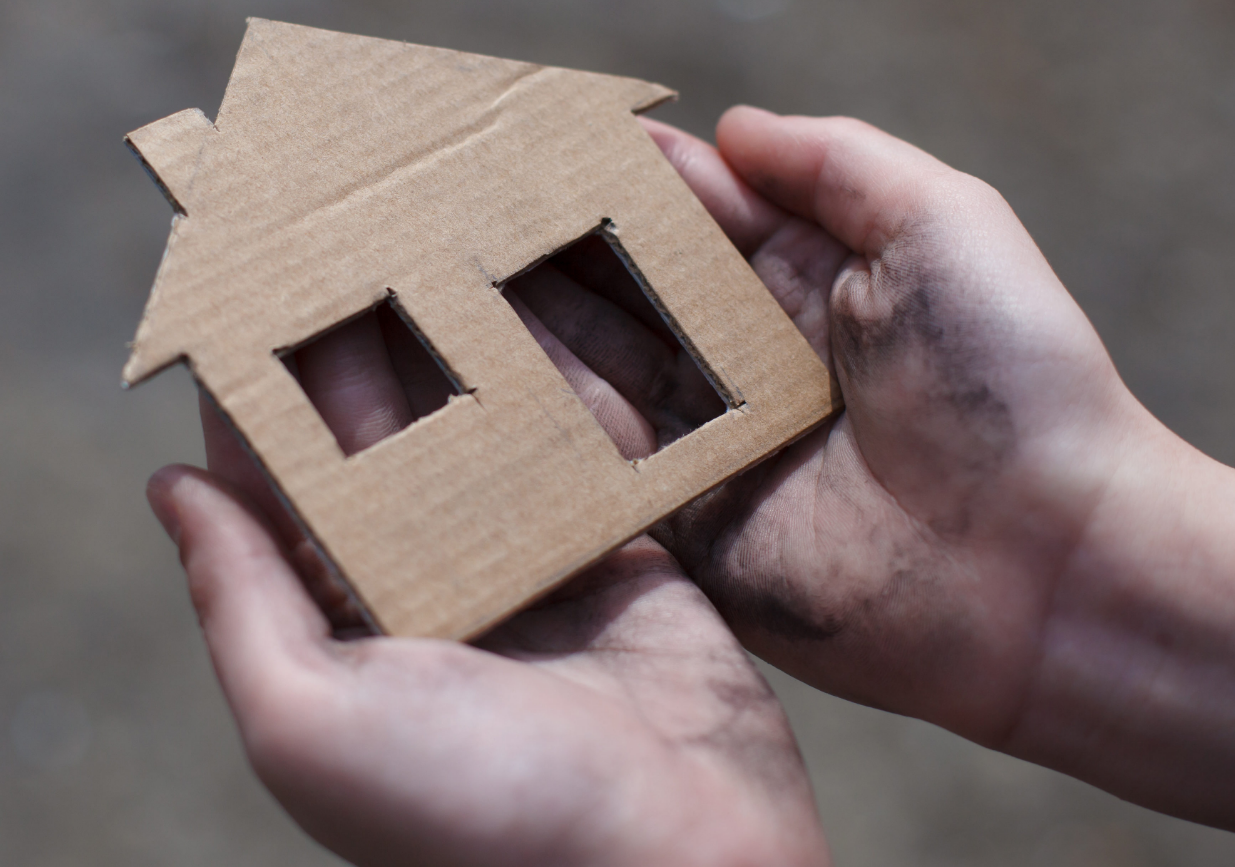

Dr Karamia Müller envisions culturally-led research to improve living situations for Pacific and indigenous communities.
Photo/Chris Loufte, with permission from University of Auckland
Calls for culturally grounded housing solutions amid homelessness crisis
Dr Karamia Müller warns that Government statistics under-represent the scale of homelessness affecting Māori and Pacific communities.



Black Caps legend joins global fight against gender violence

US warns Fiji over human trafficking concerns linked to Grace Road Group

‘A man so full of love’: Fepulea’i awarded comedy Topp Prize


Pacific leaders call for unity after Bondi attack

Black Caps legend joins global fight against gender violence

US warns Fiji over human trafficking concerns linked to Grace Road Group

‘A man so full of love’: Fepulea’i awarded comedy Topp Prize
A Pacific housing expert is urging the Government to support community-led, culturally informed housing solutions, as official statistics fail to accurately reflect the true scale of homelessness, especially among Māori and Pacific people.
Dr Karamia Müller, co-director of the MĀPIHI (Māori and Pacific Housing Research Centre), says a lack of reliable, up-to-date data is hampering efforts to address housing deprivation effectively.
“The lack of data means we can’t really see the problem,” she tells Pacific Mornings. “And if we can’t see it, we can’t measure it, and we can’t expect to create meaningful support.”
Her comments come in light of a new Government report revealing that the number of people living without shelter in Aotearoa is rising faster than the population growth, based on 2023 Census data supplemented by frontline observations.
The report warns that the accurate scale of homelessness is difficult to quantify, with many families living in cars, garages, or overcrowded homes, particularly during the colder months.
Müller says traditional data collection methods often miss the unique ways Pacific families experience homelessness.
Watch Dr Karamia Müller's full interview below.
“Often, what looks like resilience, staying with relatives, using garages as living spaces, is actually masking severe housing deprivation. People may be experiencing chronic homelessness, but with a roof over their head.
“They might be moving between homes or living long-term in uninhabitable spaces, but because they’re technically sheltered, they’re excluded from homelessness statistics.”
The Ministry of Housing and Urban Development’s report estimates that nearly 5000 people are without shelter in 2023, a figure believed to be underreported. Many of these individuals are either over 65 or under 15.

Housing insecurity can include overcrowding, or moving house often. Photo/File
Agencies have reported growing concerns, including issues related to methamphetamine use, mental health crises, and increasing levels of hopelessness.
Recent policy changes have further strained support systems, with the rate of declined emergency housing applications rising from four per cent in March 2024 to 32 per cent in March 2025.
According to the Homelessness Insights report, released on Wednesday, there were 60 Pacific families in emergency housing in March 2025, while 75 Pacific families had their applications declined.
The declines are due to stricter eligibility criteria or officials deciding that applicants’ needs could have been “reasonably foreseen”.
Associate Housing Minister Tama Potaka says the Government is taking the issue seriously, spending over $550 million annually across multiple programmes.
But Labour MP Tangi Utikere says the Government is taking the wrong approach. “They are not investing in homes. People across New Zealand can see that Kāinga Ora’s approach to home building has basically ceased.

There are fears the true number of those sleeping rough is much higher than reported. Photo/File
“We have more people sleeping in cars, we have more people who are homeless … and who are those people? Sadly, a huge percentage of them are our Pacific whānau, our aiga.”
A culturally safe approach
The Government recently announced a partnership with Ngāti Maniapoto to build 40 homes in Te Kūiti, contributing $17 million to the project.
Müller believes similar projects and targeted research could empower trusted providers and drive investment in Pacific-led housing design.
“We need to mobilise Māori and Pacific housing research, just as we did during Covid,” she says. “There’s knowledge and innovation in our communities, but we need the resources to put it into practice.”
Her current research focuses on values-based housing design rooted in Pacific and Māori worldviews. This includes building homes suited to intergenerational living, with multiple bathrooms, adaptable living areas, and kitchens designed for shared use.
“Culturally appropriate doesn’t just mean big houses,” she says. “It means thoughtful layouts, ground-floor bedrooms and bathrooms for kaumātua, study spaces for young people, and designs that reflect the way our communities live together.”
Watch Tangi Utikere's full interview below.
She also advocates for reducing the focus on greenfield developments at the urban fringe and increasing investment in high-density, culturally appropriate housing within city boundaries, supported by robust infrastructure.
“There are moves for Māori housing that’s for Māori, by Māori,” Müller says. “That’s encouraging. But I’d love to see more for-Pacific, by-Pacific initiatives coming from central government too.”
Despite the sobering statistics, she sees an opportunity if decision-makers are prepared to listen and act.
“The system we’ve inherited wasn’t built for us. But we know what works for our people. Let us lead.”